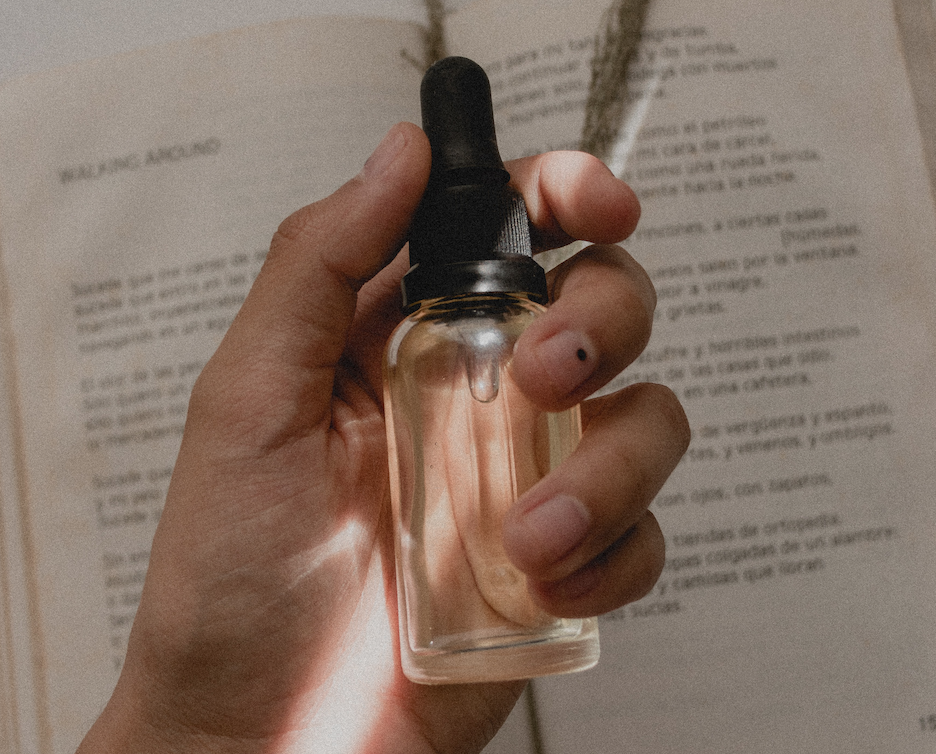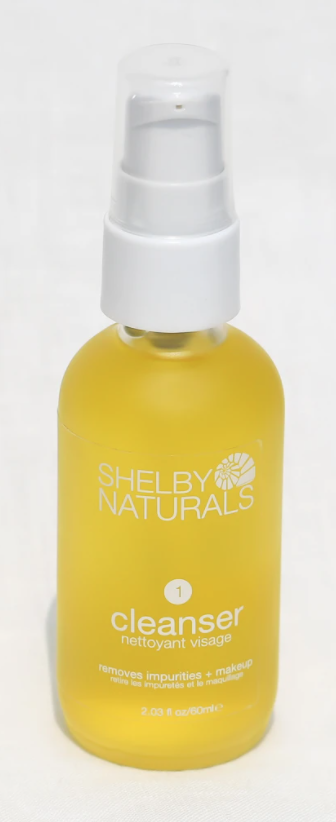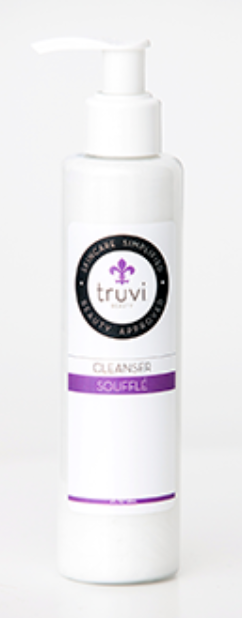Oil cleansing 101: Skincare experts on everything you need to know
Looking for more of the best deals, sales and product recommendations? Sign up for Yahoo Lifestyle Canada’s newsletter!

Yahoo Lifestyle Canada is committed to finding you the best products at the best prices. We may receive a share from purchases made via links on this page. Pricing and availability are subject to change.
Oil cleansing: if you’ve taken interest in the world of natural skincare, there’s a good chance you’ve heard about it, watched a tutorial on how do it “the right way” or even tried it out for yourself.
Although using oil to remove makeup and deeply cleanse is nothing new, (it has roots in the ancient, holistic practice of Ayurveda), it’s made a resurgence on the clean beauty scene over the past couple of years.
For all the benefits oil cleansing can have when it comes to improving hydration levels, lowering signs of inflammation and drawing out impurities for better tone and texture, there’s still a lot of confusion over using oil to cleanse. Not to mention, a general fear about massaging such a fatty substance into problematic skin.
Sounds counterintuitive, doesn’t it?
With the help of two seasoned skincare experts and brand owners, Shelby Ondrus of Shelby Naturals and Anna D’Amore of Truvi Beauty, I’ll answer the five Ws of oil cleansing.
Who should use an oil cleanser?
Turns out, oil cleansers are suitable for all different kinds of skin types and concerns.
“We have seen such a positive and dramatic difference in all skin types, from a 16-year-old male struggling with acne to a 50-year-old female suffering from dryness,” said Ondrus, whose skincare line boasts a single oil cleanser that contains specific percentages of organic golden jojoba, otto olive and castor seed oils that work with the skin’s natural composition.
For those with acne-prone skin, both Ondrus and D’Amore, a certified medical aesthetician and skin specialist, agree that an oil cleanser is the perfect match.
“There’s no heavy scrubbing,” D’Amore said. “Oil cleansing is a gentle approach to cleaning sensitive skin. Using one at night can help calm acne breakouts and balance hydration levels.”
What is an oil cleanser?
Now, what is an oil cleanser really? What’s it made up of?
Comprised of any number of oils (like the fast-absorbing camellia seed and otto olive in Ondrus’s Cleanser), an oil cleanser works to balance the skin by absorbing deeper than a water-based product and pulls impurities from pores without stripping natural oils away.
“Our skin produces an oil-like substance called sebum, and when we use an oil cleanser that is properly formulated, those oils mimic our sebum,” Ondrus explained. “Each oil has different properties and different absorption rates, and having perfect percentages that work with the skin is crucial to seeing results.”
What’s a simple test for distinguishing a good oil cleanser from a bad one? An oil cleanser that’s formulated properly will dissolve the day’s impurities and remove makeup without leaving any “grease” behind or raising any breakouts.
The Cleanser by Shelby Naturals

SHOP IT: Shelby Naturals, $32
Where should you apply an oil cleanser?
Application is simple: slather an oil cleanser all over your face, neck, and décolletage (if you so desire). You can also use it to remove the makeup around your eyes.
Then, massage it into your skin as if your life depends on it.
“The act of massage on the face when using an oil cleanser increases the stimulation of skin tissue and promotes great circulation,” said D’Amore. “In turn, oil massage activates oil glands, too.”
For all the lymphatic drainage junkies out there, that should sound like good news. But how do you remove an oil cleanser?
D’Amore recommends a few simple steps:
Drape a warm, damp microfibre cloth over your face and steam for 30 seconds. This opens pores and allows an oil cleanser to absorb deeper into the skin.
Gently wipe the oil cleanser off your face and neck with the cloth. Soft microfibre efficiently collects impurities brought to the surface of the skin without causing irritation.
When should you use an oil cleanser?
Water-based cleansers just don’t cut it (especially if you wear makeup).
“An oil cleanser should be the only cleanser you use to take off makeup, as it thoroughly removes everything and leaves no residue that will clog the pores or affect the complexion behind,” Ondrus said. “A water-based cleanser will clean the surface, but it does not go deep into the pores to effectively remove impurities.”
It’s true that oil cleansers contain fatty acids that hydrate and plump the skin, but D’Amore suggests that a double cleanse is just as important to perform. An oil cleanser has a “job of its own” to do: dissolve makeup and heavy impurities. Its next task is preparing a fresh complexion to accept serums and moisturizers.
“An oil cleanser is the perfect solution for dissolving the barrier of makeup, yet I feel that one needs to followup with a second cleansing,” said D’Amore, who uses Truvi Beauty’s Souffle Cleanser as part of her in-studio skin treatments. “The second cleansing simply ensures full removal of what may have been left behind.”
Truvi Beauty Souffle Cleanser

SHOP IT: Truvi Beauty, $34
So, why should you use an oil cleanser?
If you’re still hesitant about using oils on your skin, Ondrus shares some memories from her own experience to put your mind at ease.
“I was terrified of oils, as I struggled with acne-prone skin for years and had very bad experiences with oil-based products. The major difference my products made in my own skin resulted from the quality - it all depends on the quality of the oils and the percentages used in the product.”
Still, she believes oil cleansing is the best, most effective method for washing all skin types, as it works to balance sebum production without dehydrating or stripping the skin.
Remember: different kinds of oils have different properties and absorption rates. Sometimes, all it takes is a few uses to weigh out which ones are working for you and which ones are not.
Want the run down on dimethicone in skincare products? You can read all about it here.
Let us know what you think by commenting below and tweeting @YahooStyleCA! Follow us on Twitter and Instagram and sign up for our newsletter.



